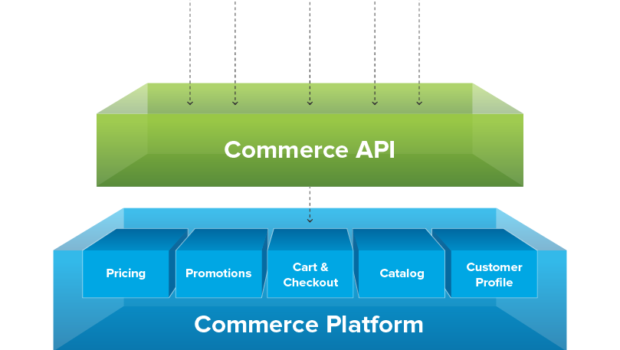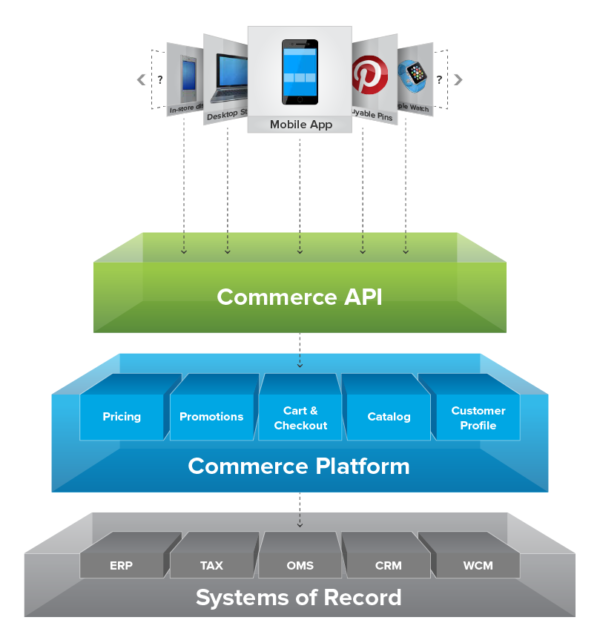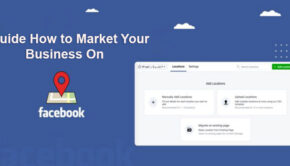The Ultimate Guide to Headless Commerce
Headless commerce is finding increasing amount of application in ecommerce architecture. It involves the separation of the backend functionality from the frontend presentation. The backend and the frontend can be changed or updated individually without affecting the other. Thus, headless commerce architecture is focused solely on background processes. It makes data available to differentiate frontend applications through APIs. The backend and frontend (head) speak with each through using API calls.
The solution gives you more flexibility in creating unique UX for visitors. It is possible to achieve higher level of customization in terms of features and functions. However, there are some pitfalls to this architecture. At the same time, it is possible to avoid or overcome them. So what is headless commerce and what are its cons and how to overcome them. Find out in this guide on this ecommerce architecture.
Cons of Headless Commerce Architecture
Headless commerce has many pros in its favor. However, it does have certain pitfalls. And these cons can be avoided or overcome.
i. Expensive
It will be required to invest in development costs. If you want to take advantage of headless commerce, it is imperative to be prepared for making the investment.
ii. Costly Implementation & Management
This infrastructure also requires costly management. Besides, it requires advanced expertise to maintain and manage. It is recommended to have adequate team members to manage and maintain the infrastructure.
iii. Limited Native Functionality of Ecommerce System
The solution can cause certain limitation on some features. For example, the way promotions are shown can get limited. The functionality is limited by the CMS. It is important to have a CMS that supports third-party tools.
iv. Need for Technical Expertise
When switching to headless commerce, it is essential to have advanced technical expertise. It is required to have a highly skilled professional to manage the transition. CMS frameworks require front-end developers for efficient presentation. A conventional linked CMS is likely the best solution.
v. Scalability & Feasibility
You should take into account the size and scale and determine the feasibility of making the transition to a CMS. You should evaluate whether the tools you have invested in are scalable to the demands of this new solution. It will be required to support and invest in an omnichannel strategy.
How to Overcome These Challenges?
You don’t need to have a large enterprise to be able to embrace the benefits of headless commerce. There are many solutions to the challenges you may face during the transition:
- It is recommended to invest in technologies that can scale with ease and speed. If your ecommerce site is based on Shopify, there can be limitations on future scalability. When your business grows in the future, it will be required to switch to another platform. Investing in Magento is more reasonable in this regard.
- It is also recommended to invest in a platform that provides a wider variety in terms of extensions and integrations. A wider range of integration options means finding more applications that can integrate with your existing system. Headless commerce solutions make use of a logic base. Thus, integrated applications can have a huge impact on your UX.
- Another recommendation is to create a robust team or invest in dynamic updates across different channels. It is important to conduct an in-depth review of your business needs.
- If your business doesn’t have the technical expertise required to embrace the architecture, outsourcing can be a cost-effective option. With outsourcing, it is possible to reduce the stress and strain on your existing teams. It also allows your teams to concentrate on other areas of the transition process.
Thus, headless commerce offers both great opportunities and challenges. With the right solutions, it is possible for everyone from small businesses to large enterprises to embrace its benefits.

















